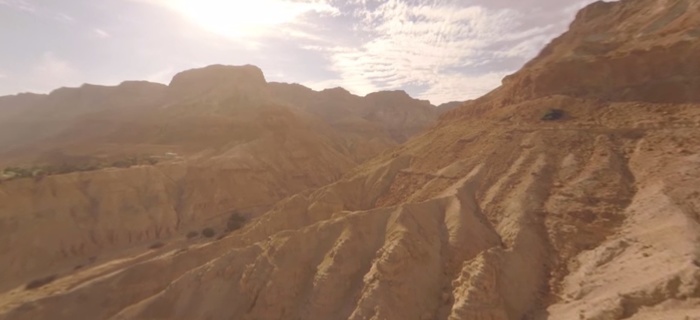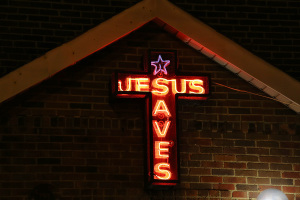Scientists: 'superheated blast from the sky' destroyed Dead Sea cities, pointing to Sodom in Bible

Scientists have found that a "superheated blast from the skies" destroyed cities near the Dead Sea 3,700 years ago, which biblical analysts are saying echoes the destruction of Sodom.
Science News reported that the new findings were revealed at the annual meeting of the American Schools of Oriental Research last week by archaeologist Phillip Silvia of Trinity Southwest University in Albuquerque, New Mexico.
The scientists discovered radiocarbon dating and unearthed minerals that instantly crystallized at high temperatures at what used to be cities and farming settlements north of the Dead Sea, suggesting that a massive air-burst, possibly by a meteor, destroyed communities in a 15-mile-wide circular plain.
Silva said that following the cataclysmic event, people did not return to the region for 600 to 700 years.
Researchers have been studying five large sites in Middle Ghor in present day Jordan, which are believed to have been continuously occupied for at least 2,500 years, until they suddenly collapsed at the end of the Bronze Age.
Some of the strongest evidence for a low-altitude meteor explosion was found at the remains of the city of Tall el-Hammam, where radiocarbon dating shows that the mud-brick walls of nearly all structures were suddenly wiped out 3,700 years ago.
Other remarkable finds show that the outer layers of pieces of pottery seemed to have melted into glass, as a result of extremely high temperatures.
The Times of Israel pointed to other archaeological research, such as a 2013 Biblical Archaeology Review article by TeHEP co-director Dr. Steven Collins, revealing that the Tall el-Hammam site offers evidence it could have been the Biblical city of Sodom.
The fiery destruction of Sodom and Gomorrah is famously depicted in Genesis 19 of the Bible, which says that "God destroyed the cities of the plain," with "dense smoke rising from the land, like smoke from a furnace."
The Biblical account also mentioned that God overthrew "all those living in the cities" along with "the vegetation in the land.”
Collins said in his article back then that he witnessed similar destruction first-hand.
“The violent conflagration that ended occupation at Tall el-Hammam produced melted pottery, scorched foundation stones and several feet of ash and destruction debris churned into a dark gray matrix as if in a Cuisinart," he stated at the time.
He suggested that the event “was preserved in the Book of Genesis and ultimately incorporated into a traditional tale that, drawing on the layer of ash that covered the destruction of one of its major cities, remembered a place consumed by a fiery catastrophe.”
What is more, Silvia and Collins authored the paper “The Civilization-Ending 3.7KYrBP Event: Archaeological Data, Sample Analyses, and Biblical Implications" back in 2015, which argues that "the physical evidence from Tall el-Hammam and neighboring sites exhibit signs of a highly destructive concussive and thermal event that one might expect from what is described in Genesis 19."
“The destruction not only of Tall el-Hammam (Sodom), but also its neighbors (Gomorrah and the other cities of the plain) was most likely caused by a meteoritic airburst event,” the authors added.





























